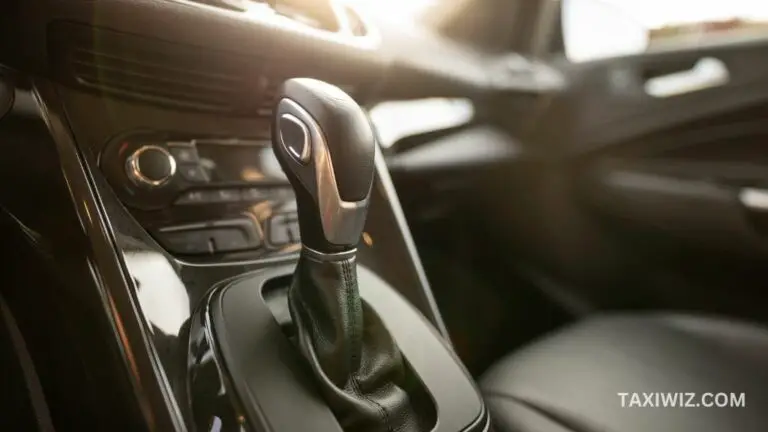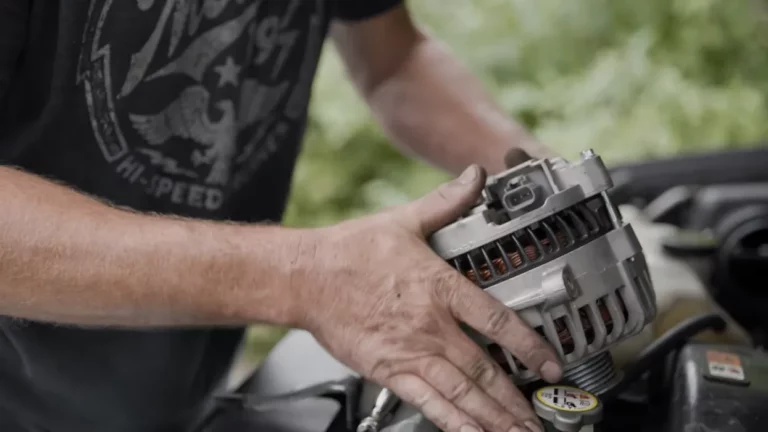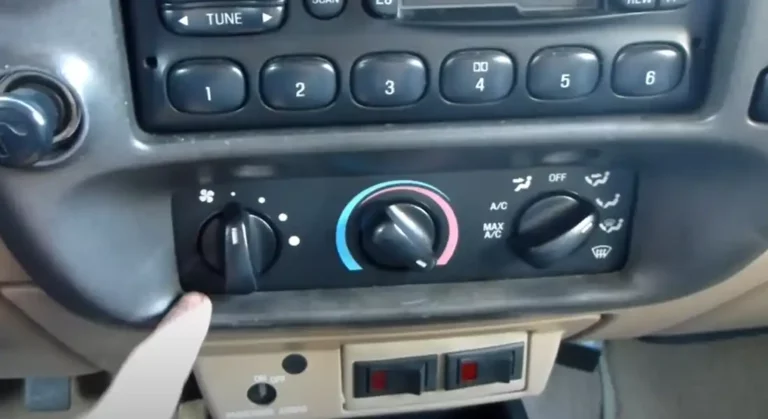Dodge Ram Lightning Bolt Symbol Won’t Start – What Does It Mean?
The presence of a lightning bolt sign on the Dodge Ram’s dashboard coincides with the engine’s inability to start. It is one mystery that Dodge Ram owners frequently confront.
Some causes of this problem are ETC system malfunction, battery issue, fuel delivery problem, ignition system failure, malfunctioning sensors, faulty ignition switch, electrical issues, and ECM problems.
This article will attempt to clarify the Dodge Ram Lightning Bolt Symbol Won’t Start issues and show the possible explanations for Lightning.
What Will Happen When the Dodge Ram’s Lightning Bolt Symbol Won’t Start?
An improperly functioning sensor may be a factor in the beginning issue linked to the Dodge Ram Lightning Bolt emblem.
The ETC system collects input regarding the position of the throttle, driver input, and engine speed. It uses sensors like the throttle position sensor (TPS), accelerator pedal position sensor (APPS), and engine speed sensor.
The connection between the sensors, the engine control module (ECM), and the ETC system can be interfered with if any of these sensors is malfunctioning or giving false signals.
As a result, there may be beginning issues if the ETC system doesn’t get the proper information to operate the throttle during the starting process.
Related articles: Reasons For Getting Lightning Bolt On Dashboard
What Are the Causes of Dodge Ram Lightning Bolt Symbol Won’t Start?
There are some common reasons why the lightning bolt symbol of your Dodge Ram won’t start. These are:
1. Trouble with Fuel Delivery
The engine may not start if there is not enough fuel. Fuel flow may be restricted by a blocked fuel filter, and the engine may not get enough pressure from a malfunctioning fuel pump.
The process of delivering fuel can also be interfered with by fuel injector issues including blockages or failures.
2. Defective Battery
An insufficient or drained battery may make starting difficult. It may not have enough power to start the engine if the battery voltage is low or the battery is broken.
Additionally, improper electrical connections brought on by corroded or loose battery terminals might impact starting performance.
3. Ineffective Ignition System
Ineffective spark production can result in starting problems from malfunctioning spark plugs, ignition coils, or the ignition control module.
Failures of the ignition system can also be caused by damaged or worn-out spark plug wires.
4. Malfunctional Electronic Throttle Control (ETC) System
As the engine’s throttle response is controlled by the ETC system, the car could go into “limp mode” if this mechanism malfunctions to avert possible harm.
Limp mode reduces engine power and may make it difficult or impossible to start the engine.
5. Problematic Alternator
While the engine is operating, the alternator is in charge of recharging the battery and supplying the car with electricity.
If the alternator is broken, the battery may not be correctly charged. This results in a weak or drained battery and consequent starting issues.
6. Overheated Engine
Starting issues may arise if the engine overheats as a result of coolant leaks, a broken cooling system, or other factors.
Engine components may expand as a result of high engine temperatures, increasing friction and starting reluctance.
How To Fix the Dodge Ram Lightning Bolt Symbol Won’t Start Problem?
Take a look at these techniques and fixes. These will assist you in fixing Dodge Ram lightning bolt symbol not starting issue.
1. Inspect the Battery
Start by using a multi-meter to check the battery voltage. Ascertain that the battery is fully charge, and check that the terminals are free of debris and properly secured.
Recharge or replace the battery as necessary if it is weak or damaged.
2. Check the Fuel Supply
Make sure there is enough petrol in the tank, according to the fuel gauge. When you turn the ignition key to the on position, pay attention for the sound of the fuel pump priming.
Examine the fuel lines for leaks or obstructions if you think there could be a problem with fuel supply.
To make sure it complies with the manufacturer’s requirements, check the fuel pressure with a fuel pressure gauge.
3. Check the Throttle Control System
Look for debris, carbon buildup, or any other indicators of damage. To clear any accumulation and restore normal operation, use a suitable throttle body cleaning.
If cleaning the throttle body doesn’t fix the problem, replace it or get expert help for a more thorough analysis.
4. Test the Faulty Sensors
Inspect key sensors, such as the crankshaft position sensor (CKP) and the throttle position sensor (TPS), for damage or failure.
Follow the manufacturer’s instructions to replace the problematic sensor(s), if necessary.
5. Examine the Ignition System
Evaluate the ignition system’s parts, such as the spark plugs, ignition coils, and ignition control module. To guarantee good ignition, replace any broken or worn components.
Also assess the ignition control module for any signs of damage as well, and repair it if required.
6. Check Electrical Connections
Inspect to make sure any electrical connections that are part of the starting system are safe and free from corrosion.
To guarantee appropriate electrical flow, tighten or clean any loose or corroded connections. Keep an eye on the connections for the alternator and starting motor in particular.
7. Reset the Lightning Bolt Sign
The lightning bolt symbol may occasionally appear due to a brief technical issue.
Remove the battery from the car for a while, and then reconnect it to reset it. Resetting the vehicle’s computer system may resolve any transient issues.
Dodge Ram Lightning Bolt Symbol Won’t Start – (FAQs)
What symptoms indicate a throttle position sensor (TPS) failure?
The symptoms might be rough idling, unpredictable throttle response, or sporadic starting issues.
Can the starting issue and the lightning bolt sign be brought on by a blocked fuel filter?
Yes, a blocked fuel filter can reduce fuel flow, which can cause starting problems and cause the lightning bolt sign to appear.
Should I examine the spark plugs and ignition coils for damage?
Indeed, the problem may be solved by checking and, if required, replacing these components.


![Where Is the Starter Located On A Car? [Answered!]](https://taxiwiz.com/wp-content/uploads/2023/07/Where-Is-the-Starter-Located-On-A-Car-768x432.jpg)

